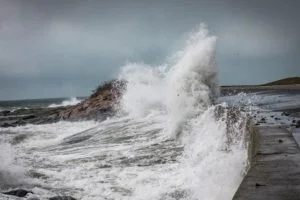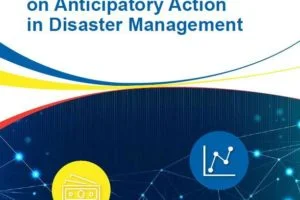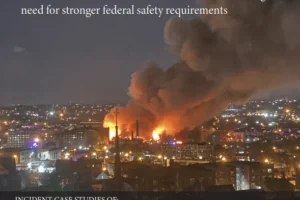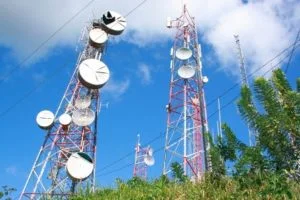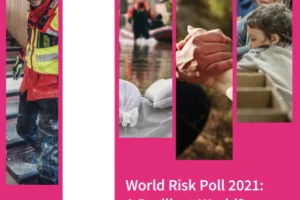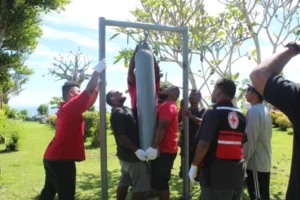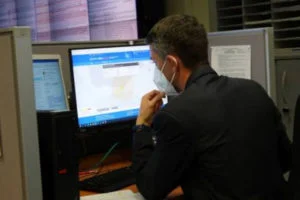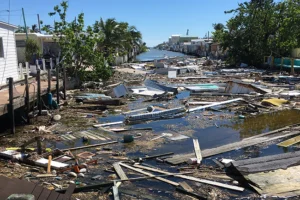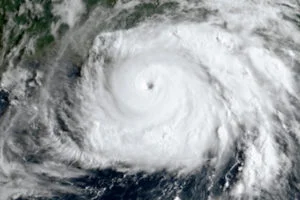Risk information is everybody's business. Here is why it is a whole-of-society effort

More risk data is produced every day. However, new findings often don't make it out of the scientific silos to the broader public. In the face of false information, it is essential to find new ways of making risk information accessible to everyone.
- Risk information should provide scientifically sound information, tailored to the everyday concerns of society.
- Science, private sector, governments, and media need to understand each other’s interests and qualities.
- A whole-of-society approach calls for all parties to communicate clearly and listen carefully.
Different stakeholders may have different priorities and angles around risk . For example, public leaders may prefer a responsive angle on manifested disasters for strategic reasons, while private developers may not want to stress risks to prevent them from raising a lot of attention.
Establishing collaboration requires dialogues between institutions. This is easily hindered by unclear distribution of responsibilities or language and jargon barriers.
5 ways to enable an all-of-society approach
To create a holistic conversation around risk, stakeholders need to develop strategies for closer collaboration. Here are five enablers that support these dialogues and facilitate effective communication:
1. Building trust
People are willing to collaborate on risk communication when strong relationships are in place. Long-standing partnerships between universities and municipalities, for example, benefit from knowing each other's objectives and differences to build trust and understand each other’s priorities.
2. Clear communication
Clear communication is key when bringing together the private sector, governments, and civil society. Only when all parties understand the different risk scenarios and risk reduction options, can they develop solutions that serve the community. "Knowledge brokers", knowledgeable in various fields, can play an important role in "translating" across sectors and aligning conversations.
3. Financing innovative collaborations
Informative, unbiased risk communication requires independent funding for thorough research and reviewing. Finance for collaboration on risk communication is increasingly important, at a time when independent media are financially constrained by the economic downturn.
4. Understanding each other's needs
Effective collaboration with the media and creative sectors is enabled if all parties understand each other’s needs. For instance, scientists who approach media with interesting stories, written in simple language, show an understanding of media timeframes and requirements. RSuch stories can give insight into how DRR issues affect audiences' everyday lives.
5. Creating incentives
Collaborations can flourish if they clearly benefit all practitioners and rule out reasons for mistrust. Hence, underlining the proactive position of risk communication and the increase in credibility are among the most important steps.
Political figures as well as scientists benefit from early on communication, rewarding them with greater credibility and confidence.
Incentives targeting the private sector may aim at openly informing the greater public about potential risks and in return tailoring their products to meet the consumers' needs.
Within the media and creative sectors, creative and engaging programming that helps audiences feel informed and empowered to act can attract other stakeholders.
Risk communication that serves society
Risk communication should support informed decision-making. Available data needs to be translated into information and actionable knowledge.
Therefore, practitioners of diverse backgrounds need to find new ways of collaboration that highlight shared perspectives, bring together visions, and foster creativity.
Disaster risk is ultimately linked to people's everyday lives and therefore can be explored through a wide range of programming and formats. This is where all stakeholders come together; in providing scientifically sound information, tailored to the everyday concerns of society.
[Source: UNDRR]

